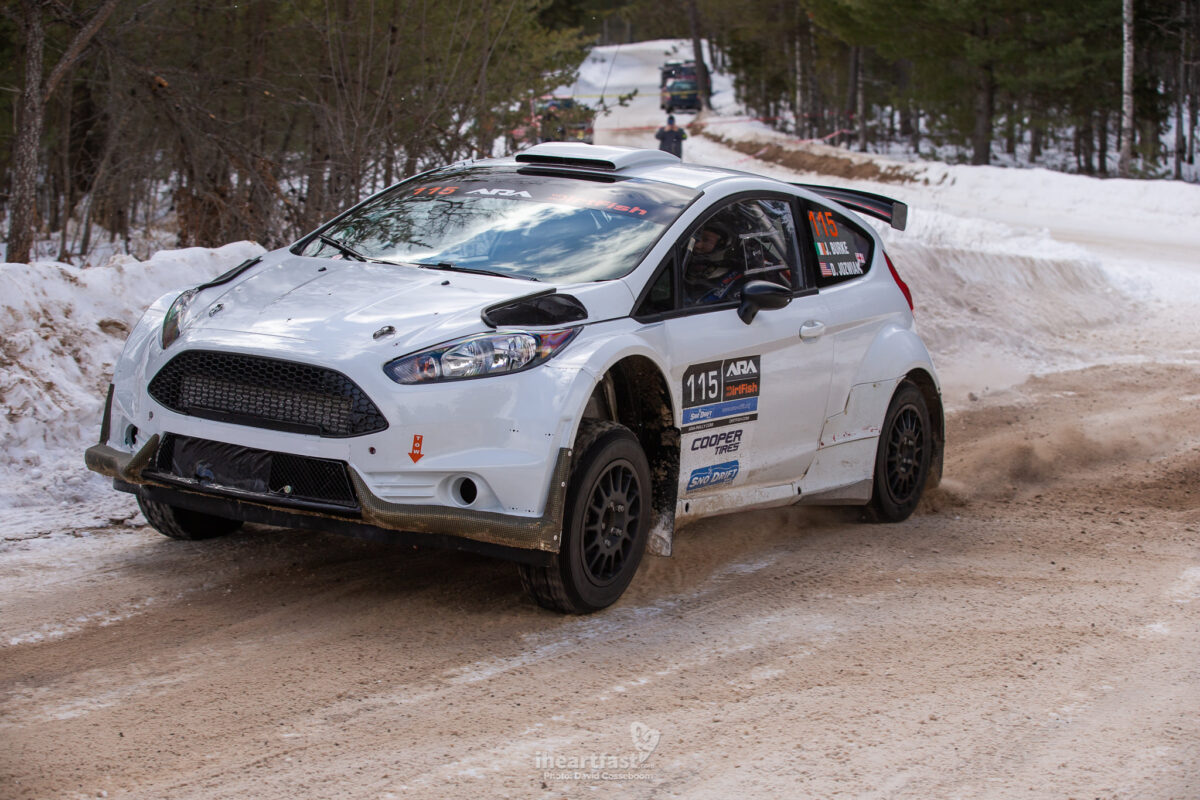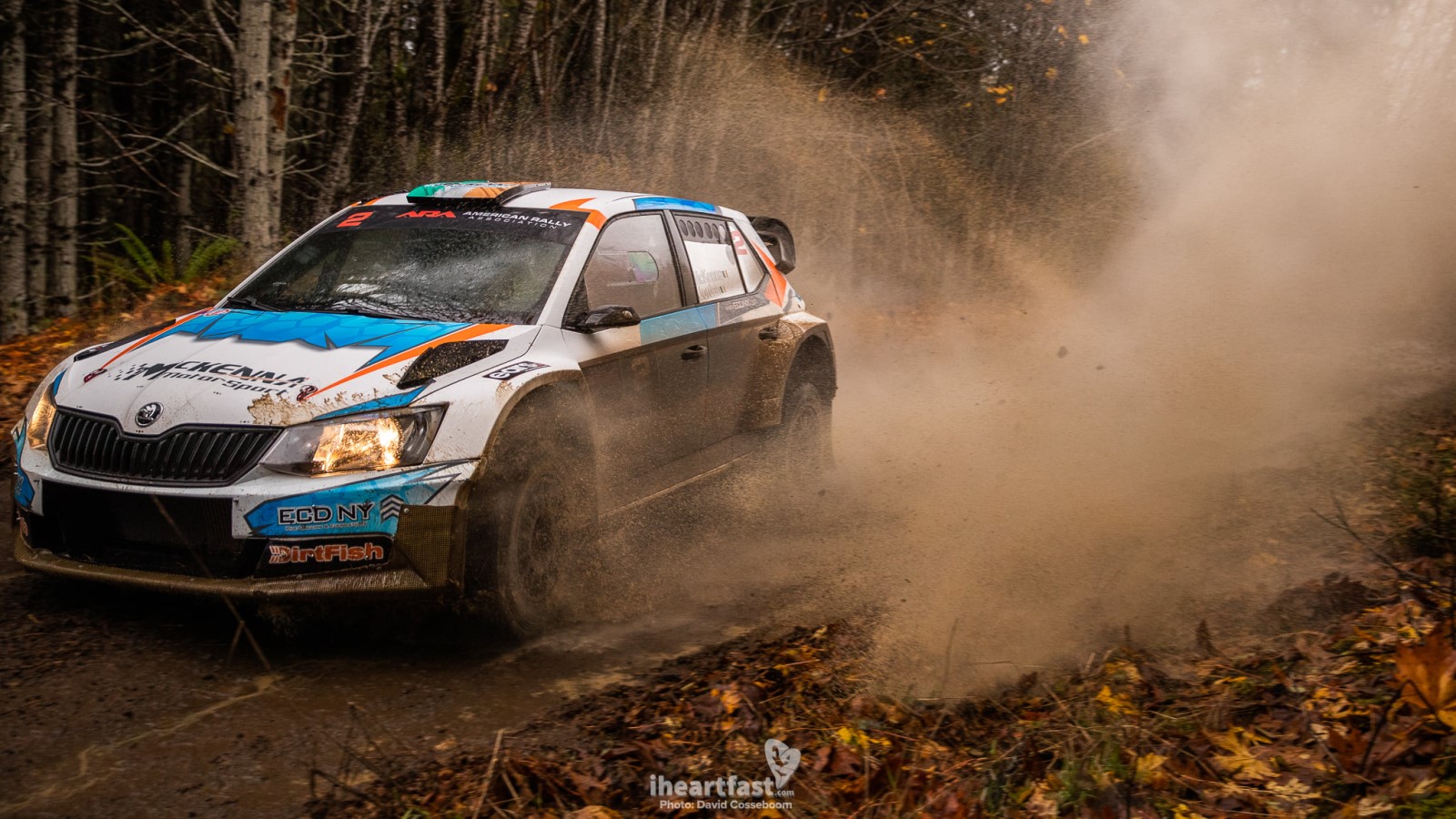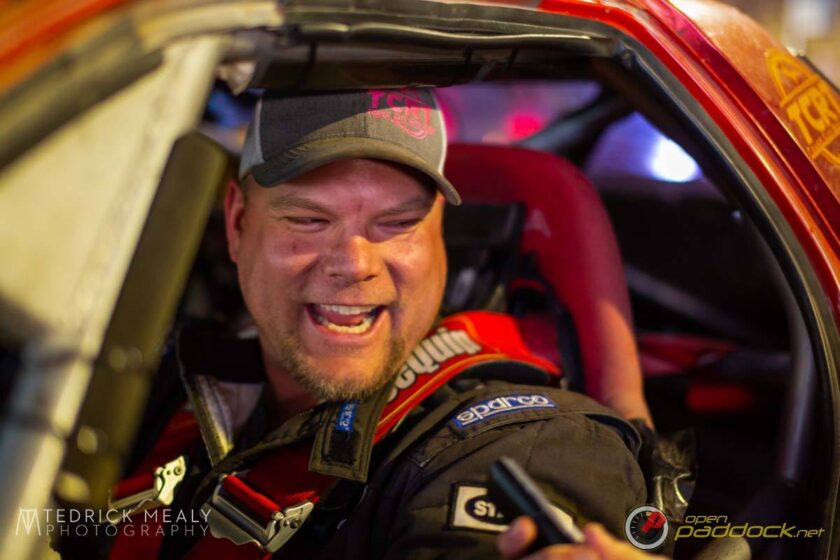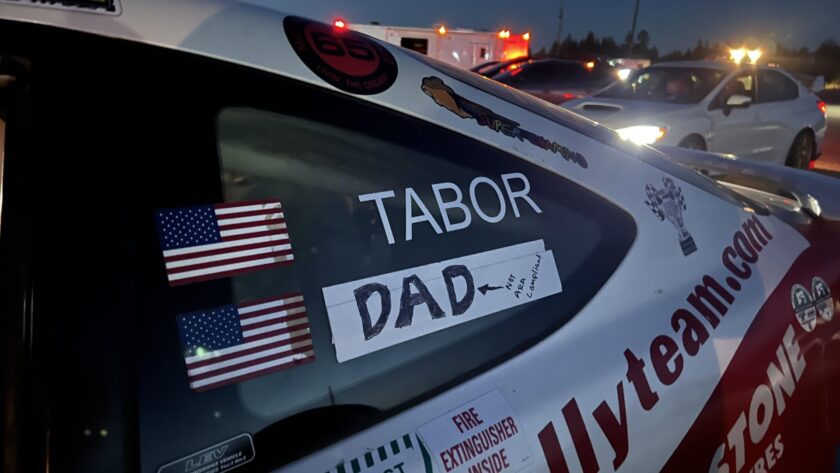In my very first column for OpenPaddock.net, I talked about how much of the magic in US rallying is created by the unique variety of cars and the “can-do” attitude of crews. While I would love to see a US round of the WRC, I would never want the US rally scene to lose the care-free approach that makes it so special.
With eight R5 cars on the entry list for the upcoming 100 Acre Wood Rally, it’s fair to say that momentum is increasing when it comes to the alignment of the ARA with series’ in Europe. We’re obviously some way off it becoming a fully-fledged FIA series but, as it becomes bigger, it’s clear that the appetite for top level cars from Europe is growing. The question is, is that something to celebrate, or should American rallyists be a little more cautious in their welcome of these precision crafted machines?

It’s a tough question, and one that my native UK still grapples with today. There are plenty of British rally folk that feel like they have lost something as the top level of “their” sport has become more about professional teams than amateur heroes. I can see why. As any sport becomes more professional, particularly one that relies on technology, costs inevitably increase and the budget-conscious amateur is soon left behind.
While those sitting in the car still make a big difference, ultimately, it’s dollars spent on engines, suspension and tires that dictate where you’re going to end up on the leader board. The number of dollars required to run an R5 car is substantial, meaning that anyone wanting to stay at the sharp end of an ARA round is going to need to spend increasingly large amounts, just as those in Europe have had to as the sport here has become more professional.
A further concern for me would be, if more and more R5 cars are imported to compete in the ARA, will companies like Subaru Motorsports USA continue to participate? They have done a great job supporting rallying in North America over the years and, while it may fit well with their brand values, they have a big job on their hands to match the likes of Skoda, Hyundai and Citröen.
Another strange situation arises if the ARA becomes dominated by cars that customers in North America can’t actually buy. We’ve already seen Ford pull the Fiesta from the market, but it would be a difficult place from which to market the ARA if it is won by cars like the Hyundai i20, Skoda Fabia or Citröen C3 – none of which are even sold in the USA.

There are many potential benefits to a more organized rally scene too of course. More pro and semi-pro crews in top cars means a greater spectacle for fans. This makes it easier to sell the ARA to a wider audience and increase the popularity of rallying to US sports fans. This, in turn, makes it easier to find sponsors and backers for the championship, further perpetuating that growth, and hopefully attracting more people to get involved as volunteers or competitors.
From the sporting side, bringing the ARA closer to European rallying will also make it easier for US crews to develop and hopefully make their mark on the world scene. If we want to see a driver or co-driver from North America fighting the likes of Ott Tänak and Elfyn Evans in the future, a bigger ARA with FIA cars will help to make that ambition a reality.
Sean Johnston and Alex Kihurani had to cross the Atlantic to progress their careers and, while that move may still be inevitable for many, an FIA-aligned ARA may have meant such a move could at least have been delayed until they joined the WRC proper. On the flip side, the growing stature of American rallying has seen interest from Europe. Oliver Solberg driving a Subaru in the ARA shows that respect is growing for what rally folk on the other side of the pond are doing, and more current FIA cars competing in the US is only going to increase that respect, as it allows comparative performance to be measured much more easily.

Where does that leave the dedicated amateurs though? The guys and girls that have supported the US rally scene since the very early days; running any car they could get their hands on, and competing on a shoestring. Well, provided we proceed cautiously, they should still have their place. Just like in Europe, the US has a strong regional scene that underpins national-level competition. It is here that the creativity and vibrancy of amateur rallying can thrive while the ARA reaches to the stars.
I would urge two notes of caution to organisers stateside though. Firstly, be careful not to exclude these guys from joining the fun on ARA events. The dream of most amateur rally folk is to one-day mix it with the big boys so, while FIA cars can bring spectacle and professionalism, there should always be room for the amateur, whatever they drive.

Similarly, and perhaps even more importantly, don’t let regional events become a playground for the rich folk that want to play in fancy cars without having their ego dented by racing against pro drivers. Here in the UK, even the lowest level club rallies are often dominated by a top ten filled with R5 and WRC cars, or “modern” MK2 Escorts with sequential gearboxes and flame-spitting, 300+bhp engines. The class system in the UK is basic (too basic) and has allowed club rallies to become an arms race, meaning that success is usually a result of who has the biggest budget.
While there is an argument for allowing fans to enjoy watching high-end cars as much as possible, there is little incentive for the crew on a budget to take part in their local rally if they are just going to get blown away by someone showing up to the smallest events in a six-figure WRC machine. This makes the restricted classes more important than ever and, thankfully, this is one area where the US is probably in a better position than the UK.

Ultimately, if US rallying is to really make its mark in the world, then the growth in the use of FIA-homologated cars is essential. If we want a US round of the WRC, rallying will have to become increasingly professional. And if we want an American star at the top of the sport, we have to align ourselves more closely with the FIA. The balancing act is ensuring that while we go for the benefits of the FIA system and all of the new attention it could bring to rallying in North America, we also need to remember what makes rallying here so special. We have to keep supporting those amateur crews in their home-built cars, and use the strengths of the FIA approach to attract more people into the rallying family, whether they’re competing in a beaten up old BMW, or a brand new R5 car.
Jon Scoltock is a motorsports and auto journalist from the UK, producing content on the WRC, national rallying, and a range of motorsport engineering subjects. Formerly an engineer, Scoltock has been involved with building and running cars on events around the UK, as well as driving his own cars and volunteering. For more of Jon’s views from across the pond, follow him at the below social media links:
www.instagram.com/maximumattackrallying
www.twitter.com/maximumattackdt
Special thanks to David Cosseboom of iHeartFast for the images. Check out his social media link and web site for more amazing rally photos.




